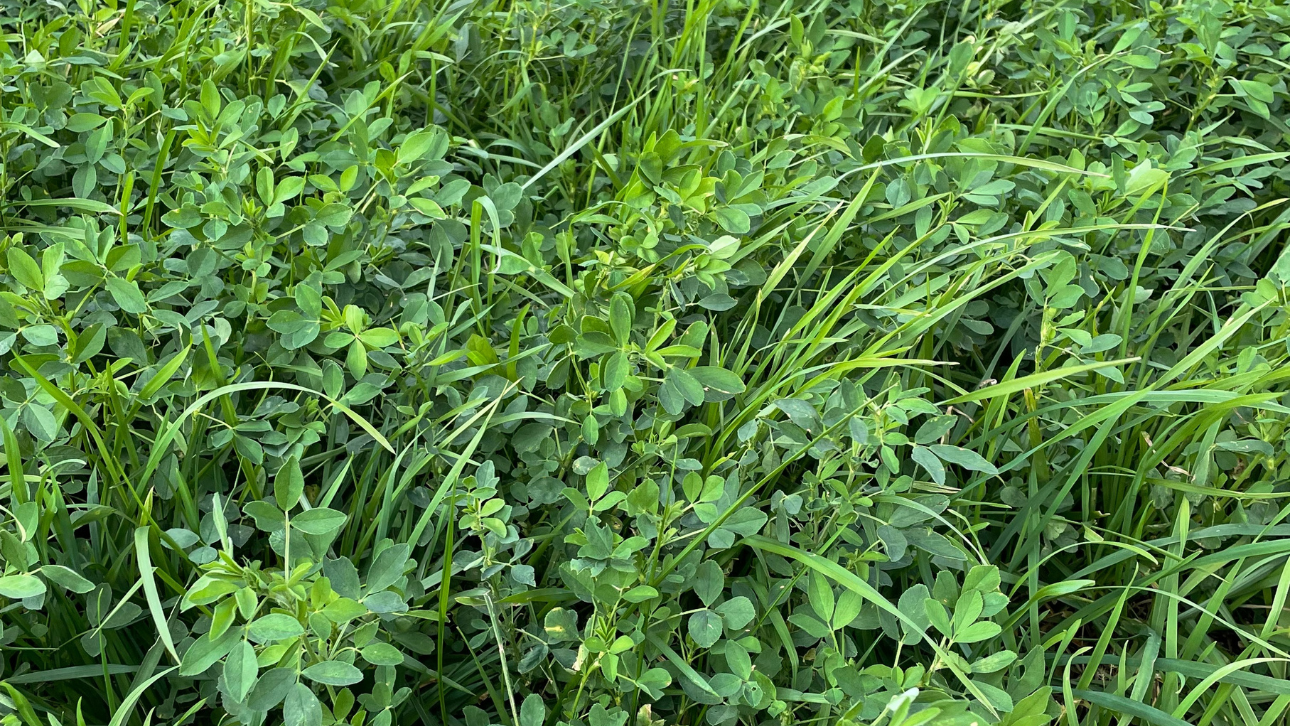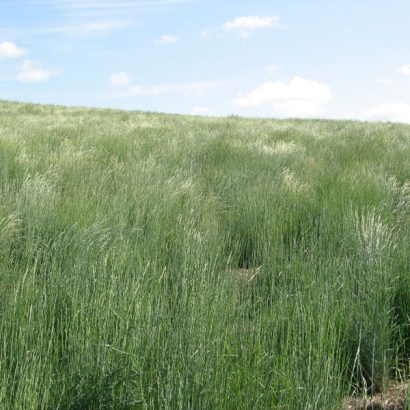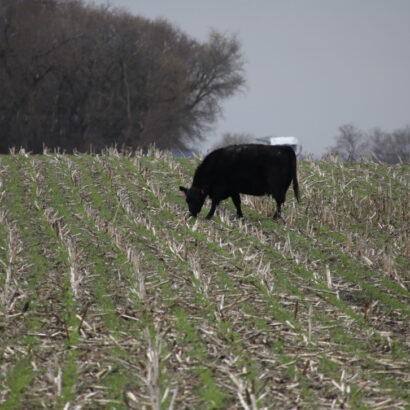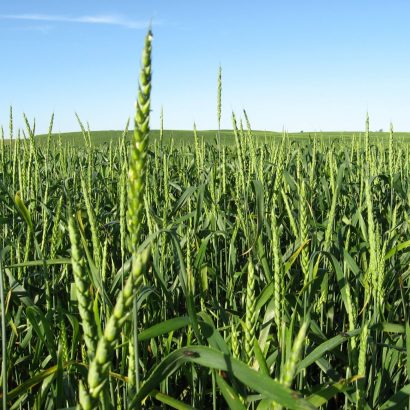Abnormally warm temperatures in February and March were welcomed by all livestock producers. Haystacks and silage piles have lasted much longer than anticipated and many plants are starting to break dormancy. Due to the heat waves followed by cold snaps, some alfalfa and grass stands did get nipped and will see winter kill.
It would be extremely rare if a native stand or long-lived pasture experiences winter kill. However, the crops that are vulnerable are alfalfa and introduced grass stands. Grasses such as orchardgrass, tall forage fescue, perennial ryegrass, timothy, and meadow fescue have a reputation of thinning if winter conditions get too tough. If you experience winter kill, there are three ways to handle renovating the fields.
If the injury to your field is incredibly vast, the best option is to cut your losses and rotate out. On an alfalfa stand, your nitrogen credits carry some weight heading into a corn crop, so it’s not a full loss.
Another scenario is you experience winter kill on an old stand with less than five plants per square foot, but you want to limp it along one more year. In this scenario, you have a long list of annual forages to choose from. If you can get into the field early in the spring, a cool season grain such as forage oats and forage barley will really boost your early cuttings. Along with that, I suggest planting Italian ryegrass. The Italian ryegrass will ensure re-growth, so you get some additional forage in every cutting of alfalfa. If you take a first cutting and are extremely disappointed with the stand, there is a window to over seed in early June. If you find yourself in this scenario, take a look at pearl or Japanese millet. They thrive in the heat and can grow extremely fast through the summer months before they die with the first frost.
In the third scenario, you have a young field that has less than 15 plants per square foot, and you want to keep it in production. If you planted the stand one year prior, you can plant alfalfa into it. However, alfalfa does create an autotoxicity that prevents the germination and growth of other alfalfa plants around it. So, if the stand is older than a year, you’ll need to look at perennial grasses or clovers for inter-seeding options. Improved varieties of medium red clover have proved to be suitable for maintaining quality hay in alfalfa for two to three years. Persistent cool season perennial grasses should be used here, which includes meadow fescue, orchardgrass, and tall forage fescue.
Don’t let your fields turn into the old, worn-out sod bound stands that never reach your expectations. When you have the opportunity to make sure your fields are productive this spring, take it! Your punctual effort will pay off in bales produced.




Discussion
0 Comments